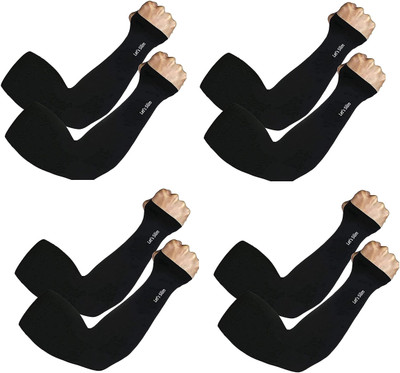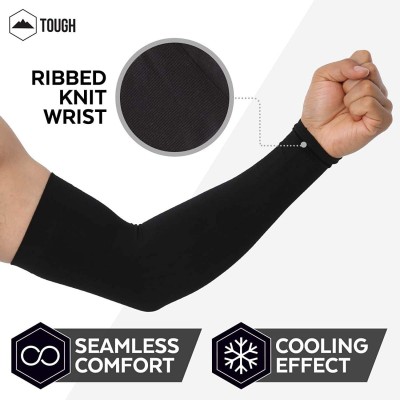
ALPHA Complete Coverage: Full-Face Motorcycle Helmets Motorbike Helmet (Black, Blue)
Price: Not Available
Currently Unavailable
Highlights
- Type: Full Face
- For Men
- Visor Present
- Size: S, M, L
- Quick Release Buckle
Description
A full-face helmet is a protective headgear designed primarily for motorcycle riders but also utilized in various high-impact activities. It provides complete coverage for the entire head, including the face, offering comprehensive protection. Here is a detailed description of a full-face helmet:
Outer Shell Material: Full-face helmets are crafted from robust and impact-resistant materials, such as fiberglass, polycarbonate, or composite blends. These materials provide structural integrity to withstand high-velocity impacts and abrasions.
Face Shield or Visor: One of the most distinguishing features of a full-face helmet is its built-in face shield or visor. This shield is typically constructed from optically correct materials, ensuring clear vision while protecting the rider's eyes and face from wind, debris, insects, harmful UV rays, and adverse weather conditions. Some shields also come with anti-fog and scratch-resistant coatings.
Chin Bar: Full-face helmets feature a sturdy chin bar that covers the lower part of the face, including the chin and jaw areas. In the event of an accident or impact, this chin bar provides critical protection to the facial region, setting it apart from other helmet types.
Ventilation System: These helmets are equipped with a sophisticated ventilation system, comprising multiple intake and exhaust vents strategically placed to optimize airflow. This system helps regulate the temperature inside the helmet, reducing heat buildup and preventing fogging.
Interior Padding: The interior of the helmet is lined with comfortable and moisture-wicking padding. This padding enhances rider comfort, provides cushioning, and helps absorb sweat, ensuring that the rider stays dry and comfortable during extended rides.
Retention System: A secure retention system, often featuring a D-ring fastener or quick-release buckle, ensures that the helmet remains firmly in place during high-speed rides and sudden movements.
Safety Certification: High-quality full-face helmets meet strict safety standards, such as DOT (Department of Transportation) in the United States, ECE (Economic Commission for Europe), or Snell certification. These certifications signify that the helmet has undergone rigorous safety testing.
Weight Distribution: Although full-face helmets are relatively heavier compared to other helmet types, the weight is evenly distributed, reducing neck fatigue and strain during long rides.
Variety of Styles: Full-face helmets come in a wide range of styles, from sleek and aerodynamic designs to more conservative options. This variety allows riders to choose a helmet that matches their riding preferences and aesthetic preferences.
Communication and Accessory Provisions: Many full-face helmets feature built-in accommodations for communication systems, speakers, and other accessories, enhancing the overall riding experience.
Size and Fit Options: They are available in various sizes and often include adjustable features like removable padding and cheek pads to achieve a customized and comfortable fit.
Customization: Some riders personalize their full-face helmets with graphics, decals, or custom paint jobs to express their individuality and style.
In summary, a full-face helmet is the pinnacle of head protection gear, offering complete head and facial coverage, a built-in face shield, advanced ventilation, and robust safety certifications. These features make it the preferred choice for riders who prioritize safety and comfort during their journeys on the road or in high-impact activities.
Read More
Specifications
In The Box
| Sales Package |
|
| Number of Contents in Sales Package |
|
General
| Brand |
|
| Model Name |
|
| Type |
|
| Size |
|
| Ideal For |
|
| Sport Type |
|
| Age Group |
|
| Playing Level |
|
| Inner Shell |
|
| Outer Shell |
|
| Liner Type |
|
| Straps |
|
| Adjustments |
|
| Vents |
|
| Certification |
|
| Color |
|
| Color for Refiner |
|
| Net Quantity |
|
| Key Features |
|
Helmet Features
| Visor |
|
| Fastening Type |
|
Be the first to ask about this product
Safe and Secure Payments.Easy returns.100% Authentic products.
Back to top








